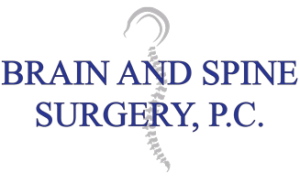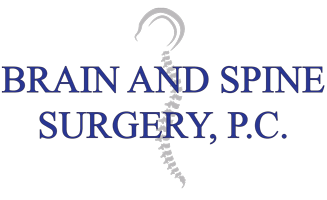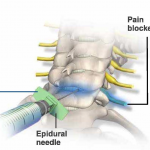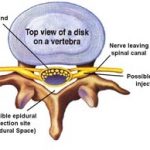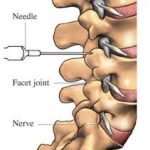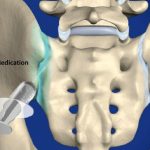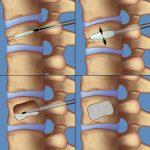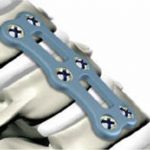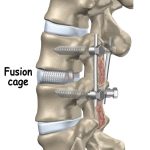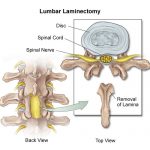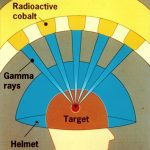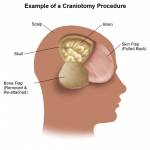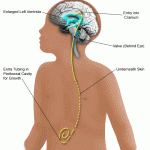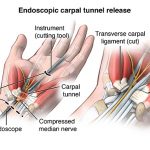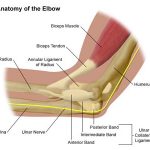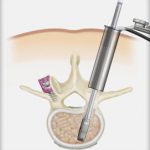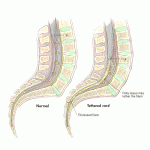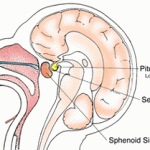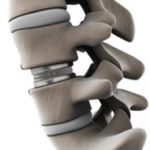Treatments

Intracept:
The Intracept Procedure is a minimally invasive, implant free procedure that preserves the overall structure of the spine. The Intracept Procedure is a same-day, outpatient procedure. Patients are under anesthesia, and the procedure generally lasts an hour. The procedure is FDA-cleared and is proven in multiple studies to be safe, effective, and durable. Clinical evidence demonstrates the majority of patients experience significant improvements in function and pain 3-months post procedure that are sustained more than 5 years after a single treatment.
The Intracept® Procedure is indicated for patients who have had:
- Chronic low back pain for at least six months,
- Who have tried conservative care for at least six months, and
- Whose MRI shows features consistent with Modic changes – indicating damage at the vertebral endplates has led to inflammation.
Lumbar Spine Epidural Steroid Injection:
Epidural steroid injections (ESIs) are a common treatment option for many forms of low back pain and leg pain. They have been used for low back problems since 1952 and are still an integral part of the non-surgical management of sciatica and low back pain. The goal of the injection is pain relief; at times the injection alone is sufficient to provide relief, but commonly an epidural steroid injection is used in combination with a comprehensive rehabilitation program to provide additional benefit.
Cervical Spine Epidural Steroid Injection:
Epidural steroid injections (ESIs) are a common treatment option for many forms of low back pain and leg pain. They have been used for low back problems since 1952 and are still an integral part of the non-surgical management of sciatica and low back pain. The goal of the injection is pain relief; at times the injection alone is sufficient to provide relief, but commonly an epidural steroid injection is used in combination with a comprehensive rehabilitation program to provide additional benefit.
Selective Nerve Root Injection:
Another common injection, a selective nerve root block (SNRB), is primarily used to diagnose the specific source of nerve root pain and, secondarily, for therapeutic relief of low back pain and/or leg pain
Facet Injection:
A facet injection is a minimally invasive procedure that can temporarily relieve neck or back pain caused by inflamed facet joints. The cause of facet joint pain (arthritis, injury, degeneration) is not well understood and can be similar in nature to disc pain.
Sacroiliac Injection:
A sacroiliac joint injection is an injection of local anesthetic and a steroid medication into the sacroiliac joint. Due to the numbing medicine used during this procedure, you may experience temporary pain relief afterwards that may last several hours.
Kyphoplasty:
Kyphoplasty is a minimally invasive surgical procedure used for treating fractures caused by osteoporosis. Vertebral augmentation is a surgical procedure used to treat a compression fracture of the spine similar to other procedures like kyphoplasty or vertebroplasty.
Anterior Cervical Discectomy with Fusion and Instrumentation:
Anterior cervical discectomy and fusion (ACDF) is a surgery to remove a herniated or degenerative disc in the neck. An incision is made in the throat area to reach the front of the spine. The disc is removed and a graft is inserted to fuse together the bones above and below the disc.
Posterior Lumbar Interbody Fusion (PLIF):
Posterior lumbar interbody fusion (PLIF) is a procedure performed by approaching the spine through the low back. It involves the insertion of a bone graft into the disc space to help the vertebrae to fuse together.
Lumbar Laminectomy:
Lumbar Laminectomy is surgery that creates space by removing the lamina — the back part of the vertebra that covers your spinal canal.
Stereotactic Radiosurgery:
Stereotactic radiosurgery (SRS) is a non-surgical radiation therapy used to treat functional abnormalities and small tumors of the brain. It can deliver precisely-targeted radiation in fewer high-dose treatments than traditional therapy, which can help preserve healthy tissue.
Craniotomy:
A craniotomy is the surgical removal of part of the bone from the skull to expose the brain. Specialized tools are used to remove the section of bone called the bone flap. The bone flap is temporarily removed, then replaced after the brain surgery has been done.
Ventriculoperitoneal (VP) Shunt:
VP shunting is a surgical procedure that primarily treats a condition called hydrocephalus. This condition occurs when excess cerebrospinal fluid (CSF) collects in the brain’s ventricles. CSF cushions your brain and protects it from injury inside your skull.
Carpal Tunnel Release:
During open carpal tunnel release surgery , the transverse carpal ligament is cut, which releases pressure on the median nerve and relieves the symptoms of carpal tunnel syndrome. An incision is made at the base of the palm of the hand.
Ulnar Nerve Release:
Ulnar nerve release is indicated for cubital tunnel syndrome with positive clinical and instrumental signs (nerve conduction studies and electromyography [EMG]) of compression at the elbow.
Minimally Invasive Fusion:
A spinal fusion surgery is designed to stop the motion at a painful vertebral segment, which in turn should decrease pain generated from the joint.
De-tethering Spinal Cord:
Is a relatively routine surgical procedure used to treat tethered spinal cord. During the procedure, a neurosurgeon releases the source of a patient’s tethering by opening the back and the spinal column to gently cut away the spinal cord from the scarred attachments.
Transphenoidal Excision of Pituitary Tumor:
Endoscopic surgery is performed through the nose to remove tumors from the pituitary gland and skull base. In this minimally invasive surgery, the surgeon works through the nostrils with a tiny endoscope camera and light to remove tumors with long instruments. Pituitary tumors can cause hormone problems and vision loss. Tumor removal often reverses vision problems and restores normal hormone balance.
